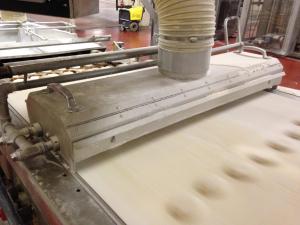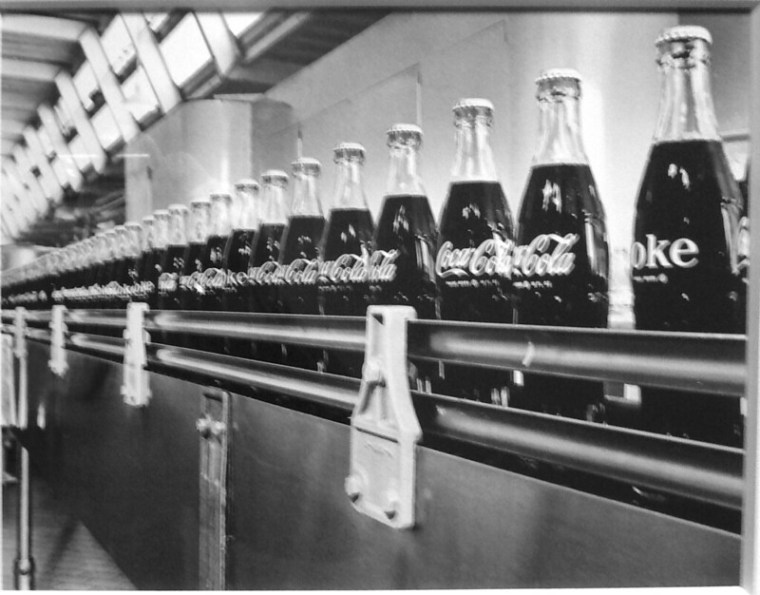Strategies You Can Use To Make Railroad Fasteners More Resistant To Vibration
When doing railroad construction, fasteners such as the Monel 400 hex head cap screws are usually employed owing to their superior strength and resistance to corrosion. If you are in a position where you have to decide what types of fasteners to use for railroad construction, vibration is a factor that you can’t ignore.

Trains running over the tracks usually cause a lot of vibration of the tracks, and most of this is borne by the fasteners. The fasteners are supposed to withstand this vibration, since a failure could be catastrophic. Some strategies that engineers commonly employ to guard against this include:
Proper torque
When using Monel 500 hex lag bolts and similar fasteners, it’s important to take note of the amount of torque applied on them during railroad construction. Having bolts that are not tightly fastened will result in loosening when they are exposed to repeated vibration. In addition to making sure that the initial fastening conforms to this, it is also recommended that regular check be done on the railroad to ascertain that there is no reduction in torque.
The use of washers
A reduction in the ratio of clamped length confers more resistance on the bolt, meaning that it can withstand more vibration. Using washers is an effective way of achieving this. It is important to take measures to ensure that the washers used do not turn into a weak point in the entire system. This involves having them made out of a material that is tough enough to withstand the vibrations so that they don’t crack or come undone when in use.
The use of threadlockers
Threadlockers are chemicals that have unique adhesive qualities. An example of this is Loctite. These chemicals are applied to the threads of the fasteners during installation. They act as a bond between the threads of the fastener and the piece of metal they are being fastened to. One disadvantage of Loctite is that when wet, it can act as a lubricant and reduce torque in the fastener. It has also been shown to be unreliable in high temperature situations. If the railway line is likely to be exposed to any of these, it would be wise to use other types of threadlockers.
Safety wiring
Safety wires are an excellent choice for making fasteners more stable. To use them, they require that a hole be drilled through the fastener (where the threads are). During fastening, the wire is passed through the hole, and this provides some structural stability to the whole system. Some of the drawbacks of this system include the reduced structural integrity of the fastener due to the presence of the hole in it. It also takes more time to fasten locks using this method.
Using specialist fasteners
Some fasteners are designed specifically for use in high vibration environments. Examples of these include those that come with nylon patches that have already been installed on the bolt or screw. Other varieties include ball and spring plungers.
Using any of the strategies above, fasteners can last longer in high vibration environments.



